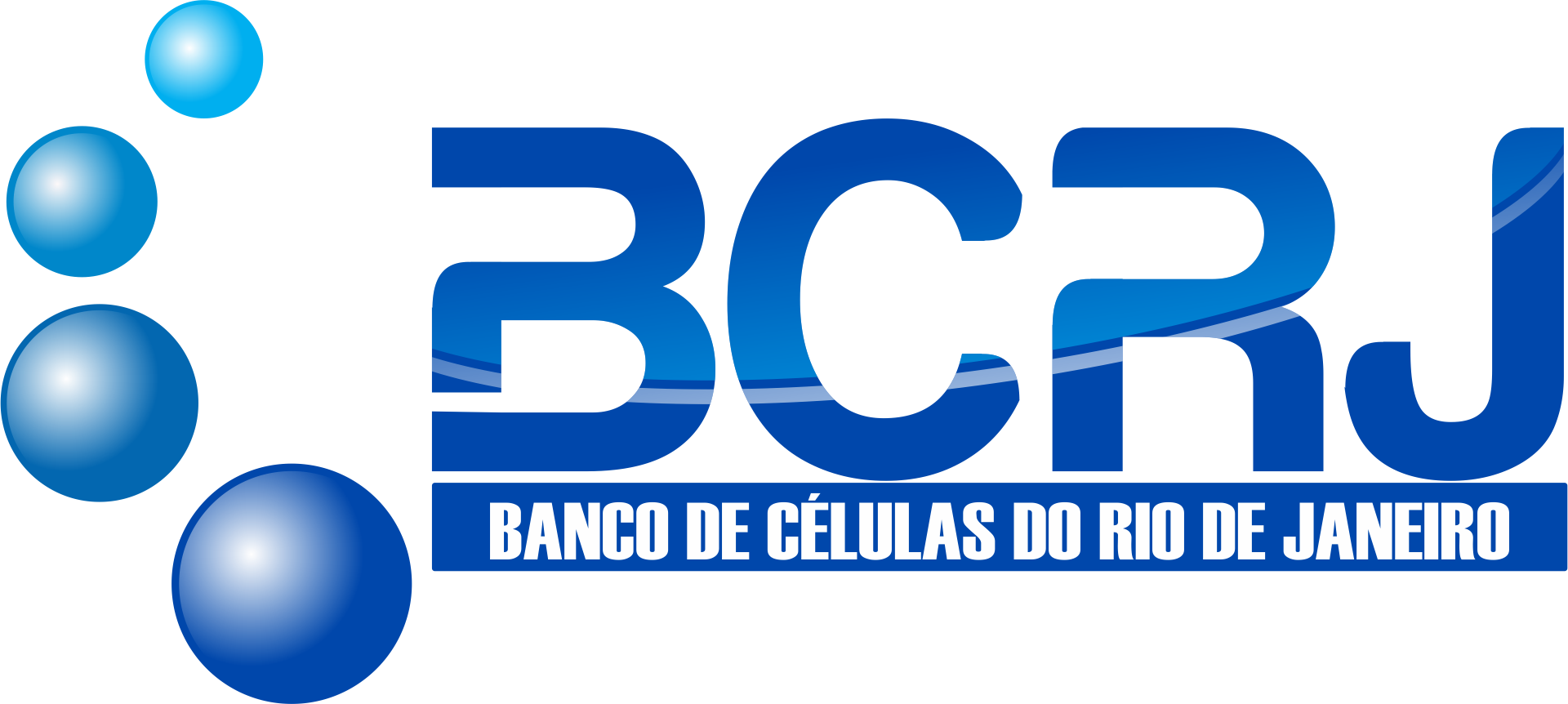| BCRJ Code | 030 |
| Cell Line | A20 [A-20] |
| Species | Mus musculus |
| Vulgar Name | Mouse, Balb/Cann |
| Tissue | B Lymphocyte |
| Morphology | Lymphoblast |
| Disease | Reticulum Cell Sarcoma |
| Growth Properties | Suspension |
| Derivation | The A20 cell line is a BALB/c B cell lymphoma line derived from a spontaneous reticulum cell neoplasm found in an old BALB/cAnN mouse. |
| Applications | This cell line is a suitable transfection host |
| Tumor Formation: | YES |
| Products | immunoglobulin (surface, sIg+) |
| Biosafety | 1 |
| Addtional Info | The cells express little surface immunoglobulin when grown in Click's medium; however, they express large amounts when grown in RPMI 1640 medium. The cells can present both alloantigens and protein antigens. |
| Culture Medium | RPMI-1640 medium modified to contain 2 mM L-glutamine, 4500 mg/L glucose and fetal bovine serum to a final concentration of 10%. |
| Subculturing | Cultures can be maintained by addition of fresh medium. Alternatively, cultures can be established by centrifugation with subsequent resuspension at 1 x 10e5 viable cells/mL. Maintain cultures at a cell concentration between 1 x 10e5 and 1 x 10e6 cells/mL. NOTE: Do not allow the cell concentration to exceed 1 x 10e6 cells/mL. |
| Subculturing Medium Renewal | Every 2 to 3 days |
| Culture Conditions | Atmosphere: air, 95%; carbon dioxide (CO2), 5% Temperature: 37°C |
| Cryopreservation | 95% FBS + 5% DMSO (Dimethyl sulfoxide) |
| Thawing Frozen Cells | SAFETY PRECAUTION:
It is strongly recommended to always wear protective gloves, clothing, and a full-face mask when handling frozen vials. Some vials may leak when submerged in liquid nitrogen, allowing nitrogen to slowly enter the vial. Upon thawing, the conversion of liquid nitrogen back to its gas phase may cause the vial to explode or eject its cap with significant force, creating flying debris.
NOTE: It is important to avoid excessive alkalinity of the medium during cell recovery. To minimize this risk, it is recommended to place the culture vessel containing the growth medium in the incubator for at least 15 minutes before adding the vial contents. This allows the medium to stabilize at its normal pH (7.0 to 7.6). |
| References | Kim KJ, et al. Establishment and characterization of BALB/c lymphoma lines with B cell properties. J. Immunol. 122: 549-554, 1979. PubMed: 310843 Glimcher LH, et al. Ia antigen-bearing B cell tumor lines can present protein antigen and alloantigen in a major histocompatibility complex-restricted fashion to antigen-reactive T cells. J. Exp. Med. 155: 445-459, 1982. PubMed: 6460073 Li YM, et al. Molecular identity and cellular distribution of advanced glycation endproduct receptors: relationship of p60 to OST-48 and p90 to 80K-H membrane proteins. Proc. Natl. Acad. Sci. USA 93: 11047-11052, 1996. PubMed: 8855306 Mallick-Wood CA, et al. Disruption of epithelial gamma delta T cell repertoires by mutation of the Syk tyrosine kinase. Proc. Natl. Acad. Sci. USA 93: 9704-9709, 1996. PubMed: 8790395 Hartley D, Corvera S. Formation of c-Cb1-phosphatidylinositol 3-kinase complexes on lymphocyte membranes by a p56lck-independent mechanism. J. Biol. Chem. 271: 21939-21943, 1996. PubMed: 8702998 Chen H, et al. Octamer binding factors and their coactivator can activate the murine PU.1 (spi-1) promoter. J. Biol. Chem. 271: 15743-15752, 1996. PubMed: 8663022 Kim KJ, et al. Establishment and characterization of BALB/c lymphoma lines with B cell properties. J. Immunol. 122: 549-554, 1979. PubMed: 310843 |
| Depositors | Elizabeth Obino Lima, Fundaçao Instituto Oswaldo Cruz, Rio de Janeiro. |
| Cellosaurus | CVCL_1940 |



